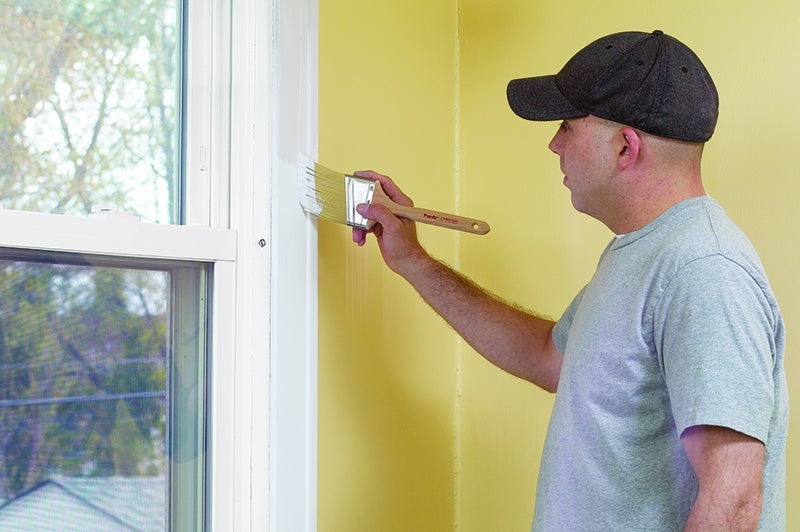Ready for a fresh look indoors? Take 4 steps for DIY paint project success
Published 9:00 am Saturday, January 12, 2019

- Having a final design in mind before starting can help you keep trips to the store at a minimum. - Provided
Painting is one of the easiest and most impactful DIY projects for homeowners to quickly update their homes. Whether it’s a new look in a master bathroom, adding a pop of color to the guest room, finishing off a basement remodel or anything in-between, a fresh coat of paint provides a fresh spin that’s all your own.
To make your painting project go smoothly, consider following these important steps. Take this task list from the experts at Purdy Professional Painting Tools into account before diving in to your DIY painting project.
Find inspiration.
Having a final design in mind before starting your project can help you plan. From the obvious wall color to more intricate details like painting trim, doors, the ceiling and more, starting your project with a plan can help you avoid multiple trips to the store.
Remember, the details are important: incorporating the correct types and sheens of paint, using complementary colors, buying the proper amount of paint and more.
Collect the right tools.
Part of the planning process includes ensuring you have the proper tools for the project. A paint brush, roller cover, roller frame, paint tray and extension pole are the basic essentials for your project’s success. From step ladders and putty knives to wood filler and drop cloths, it’s crucial to have everything you need.
However, keep in mind that not all tools are created equal. For example, when you use a high-quality paint brush, you’re more likely to paint straight lines when cutting in to corners and walls. You may also notice a much smoother finish, one without unsightly brush strokes, which means a more visually appealing result with less effort, too. One option is Purdy Brushes, which are specially designed and hand-crafted to ensure you get professional-quality results every time. Find a tool selector to help you find the best brushes, roller covers and painting accessories for your project at purdy.com.
Prepare the area.
Proper planning for your project depends on which room in the house you’re painting. The main rules of thumb include removing everything from your walls — including curtains, decor and switch plates — using drop cloths to cover floors; removing or lowering light fixtures from the ceiling; and emptying the room of tables, lamps, furniture and other movable objects. If this isn’t possible, push all the pieces to the center of the room and cover with drop cloths.
Don’t forget to prepare the surface you are going to paint. Patch and sand any holes or imperfections. Then wipe down surfaces you plan to paint with warm water, which helps remove dirt and dust that can sometimes prevent paint from adhering. If possible, open windows for better ventilation once you’re ready to start.
Clean up.
When the painting process is finished and you’re appreciating the hard work, don’t forget the job isn’t done until you’ve properly cleaned up. Paint brushes and roller covers should be washed promptly after use to ensure they can be used again. Use warm water and mild detergent to clean, then let air dry. If you end up with leftover paint, it can be helpful to save some for future touch-ups. One helpful tip is to write on the can what room or walls you painted, the date and color name. This information can be beneficial should you need to purchase more paint at a later date.


